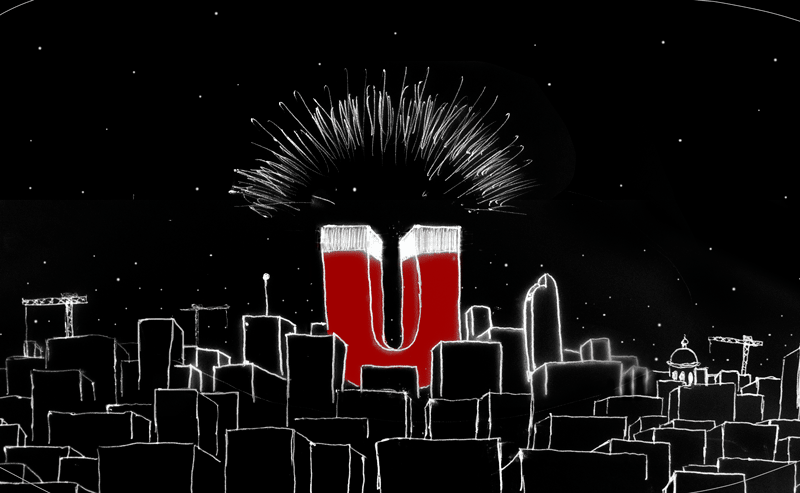
By Ashley Dean and Allan Tellis
Hello, and welcome to "What's that big thing?" — a feature where everything's being built up and it really does matter.
If it feels to you like we've entered a new phase of growth in Denver, you're not crazy. Everything's getting bigger. We're beyond just building new condos and into multi-block, multi-purpose developments, skyscrapers and entire new neighborhoods.
There's a term for this kind of thing: "urban magnet."
The River Mile development is poised to bring Confluence Park new life and introduce Denver to something like the urban magnet philosophy — essentially a modern take on the way older civilizations set up their cities. Modern examples include Granville Island in British Columbia and the Crosstown Concourse in Memphis. Prioritizing walkability and sustainability, urban magnet areas feature a wide variety of structure uses within a confined space.
Rhys Duggans, the developer of River Mile, has teamed up with the design firm Dialog to use these concepts in his new development.
“This doesn’t work unless it's local. Make sure there are no national chains in these types of developments unless they're doing something completely local,” said Alan Boniface of Dialog.
Boniface later clarified that River Mile won't necessarily be built to fit all the criteria of the urban magnet philosophy.
At Dialog, they hope to help move cities, especially in North America, away from the car-centric, urban-sprawl model and toward something that’s sustainable and more enjoyable for residents and visitors.
Dialog sees Denver in a great position to use the urban magnet philosophy as a rapidly growing city with distinct neighborhoods and sizable underused land plots. The parking lots of Elitch Gardens are a prime underused space.
“If you think of Denver, it's a city of neighborhoods. Each neighborhood has a different character. The whole city is adjoining these nodes together.” Boniface said.
An urban magnet plan relies on buy-in from local governments and residents in the area to create unique and distinct locales -- zoning can be a challenge, but Boniface believes Denver will be amenable to the idea.
An urban magnet development should include some solutions for the Denver housing crisis, he said, as diversity is vital in making the idea work.
“The intent is very clear. It only works if we have all walks of life, all economic strata. A great community is for everyone” Boniface said.
Of course, River Mile is just one of the big developments coming soon or recently completed. Let's review.
You'd think such big plans would be easy to keep track of — particularly because many of the big ones are clustered along the South Platte River — but it can be pretty overwhelming. That's why we're here with a roundup and a handy map to make sense of it all.
River Mile
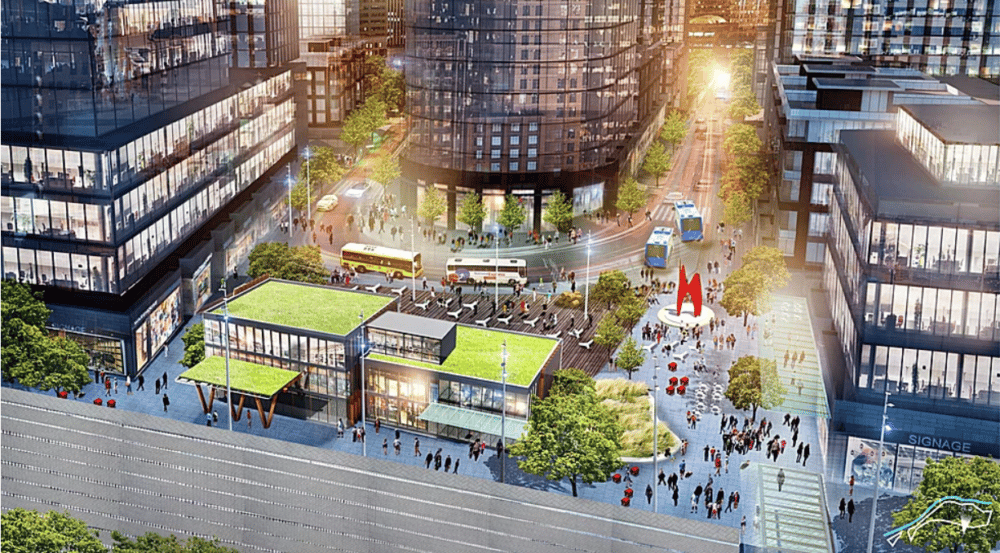
Two of our incoming urban magnets fall under a category we call "What if instead of parking lots... people?" This one, River Mile, will over the course of 25 years fill in the vast expanses of lots around Elitch Gardens and, eventually, the amusement park itself.
The plans call for:
- A daycare, a recreation center and a school
- Two bike/ped bridges over the South Platte River
- Two pedestrian bridges over the rail corridor at rail stations
- Three riverfront parks in the area
- A mile of “South Platte River improvements”
- A focus on affordable housing
Bronco-ville
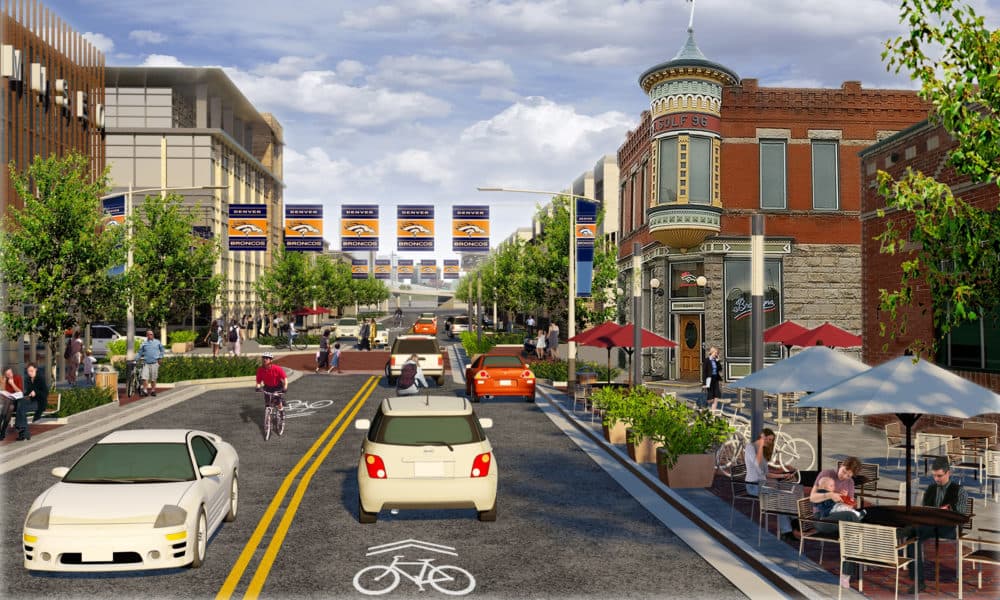
There are more than 50 acres of parking lots outside Mile High Stadium, but maybe not for very (very) long.
Developers have a plan for a “mixed-use neighborhood destination” and entertainment district with dense residential development — similar to the 2013 plan shown above.
“We love the idea of a phenomenally interesting pedestrian experience of discovery,” said Mac Freeman, chief commercial officer for the Broncos.
If the plan goes forward, it'll take about a decade to complete.
North Wynkoop
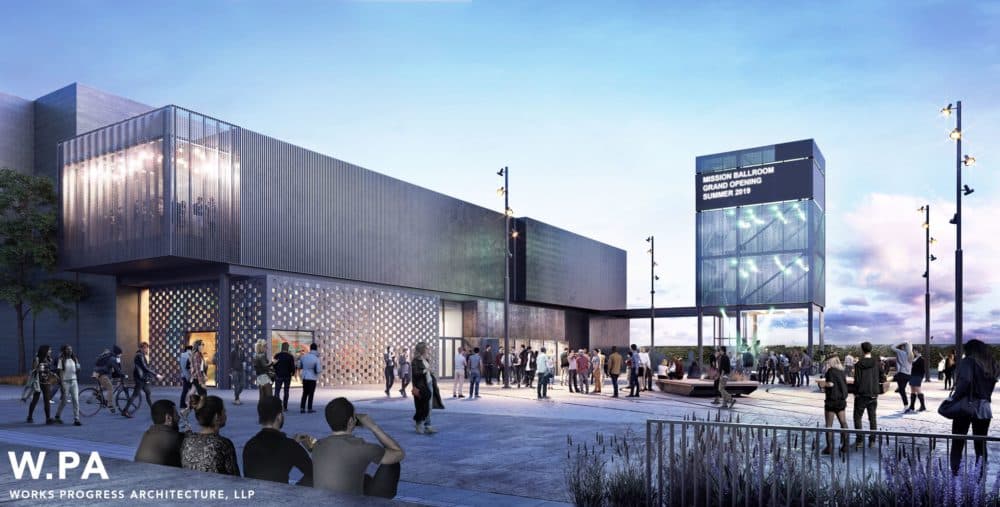
Infrastructure work has already begun on the North Wynkoop development, which covers 14 acres between Brighton Boulevard and the train tracks from 40th Street to 43rd Street.
When all is said and done, it'll include a 3,700 capacity music venue, affordable live-work space for artists, more than 1 million square feet of office space, 80,000 square feet of market space, 250 market-rate residential units and ground-floor retail space — all bisected by a pedestrian plaza.
The skyscraper that did happen
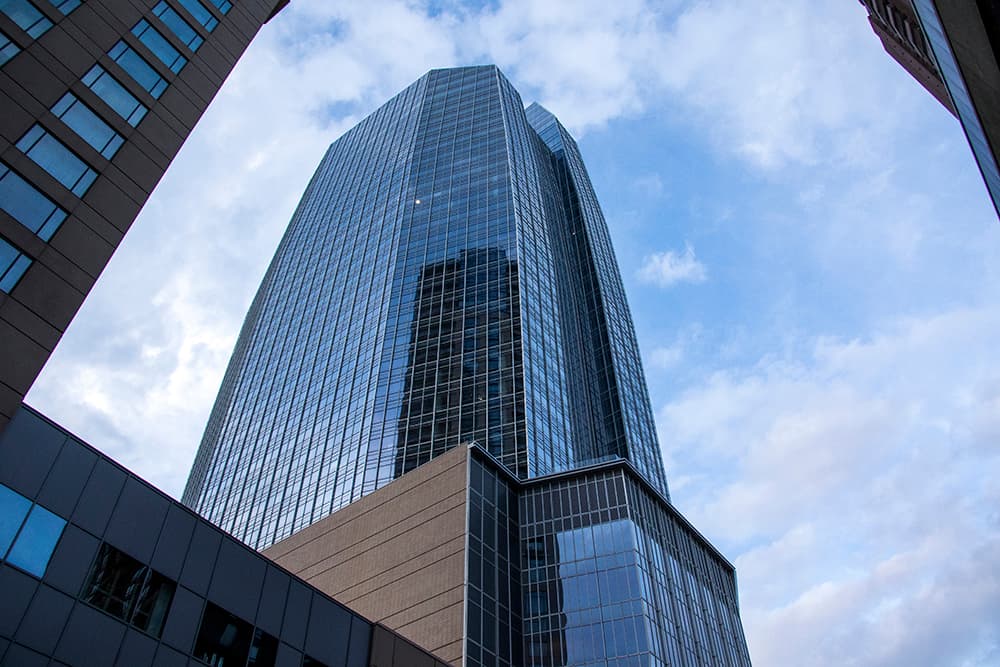
Skyscrapers aren't quite what you'd call urban magnets, but they sure are big, so we're counting it.
1144 Fifteenth this year became Denver's fifth-tallest building. The 40-story office tower has 800 parking spaces, a 5,000 square foot gym, a living-room-style collaboration area, a bike repair shop and ground-floor commercial retail space.
It's also got great views.
The skyscraper that didn't happen
We thought we might get a new tallest building, but it didn't work out. We're just including it as a reminder that it's no longer happening.
For the details on the proposal's demise, check out the Denver Post.
Zeppelin Station
This one's already complete, but it's still new enough that a quick reminder wouldn't hurt.
The 100,000-square-foot Zeppelin Station has houses office and retail space, a 20,000-square-foot international food hall and two bars just across the pedestrian bridge from the 38th & Blake rail station.
There's no residential space, and the area itself is light on that, but its transit-oriented nature makes it pretty accessible for work and play.
The Source and The Source Hotel
The Source has been around for a while, but with the addition of The Source Hotel, it's a whole new beast.
Now, in addition to the original food hall and marketplace, there's a 100-room hotel, three restaurants, a rooftop pool and another market hall featuring New Belgium’s first Denver small-batch brewery.
Wait, so where is all this happening?
This article has been updated to clarify that River Mile may not fit all the criteria for an urban magnet.













